1 Long-Range QKD without Trusted Nodes is Not Possible with Current Technology
2025-04-28
1
0
398.43KB
9 页
10玖币
侵权投诉
1
Long-Range QKD without Trusted Nodes is
Not Possible with Current Technology
Authors:
Bruno Huttner, ID Quantique, Switzerland
†
;
Romain Alléaume, Telecom Paris - Institut Polytechnique de Paris, France;
Eleni Diamanti, Sorbonne University, CNRS - LIP6, France;
Florian Fröwis, ID Quantique Europe, Austria;
Philippe Grangier, Université Paris-Saclay, IOGS, CNRS, France;
Hannes Hübel, Austrian Institute of Technology, Austria;
Vicente Martin, Center for Computational Simulation / ETSIInf. Universidad Politécnica
de Madrid, Spain;
Andreas Poppe, Austrian Institute of Technology, Austria;
Joshua A. Slater, QuTech - Delft University of Technology, The Netherlands ;
Tim Spiller, University of York, UK;
Wolfgang Tittel,
QuTech and Kavli Institute of Nanoscience, Delft Technical University, The Netherlands;
Department of Applied Physics, University of Geneva, Switzerland; Schaffhausen
Institute of Technology in Geneva, Switzerland;
Benoit Tranier, ThalesAleniaSpace, France;
Adrian Wonfor, University of Cambridge, UK;
Hugo Zbinden, Department of Applied Physics, University of Geneva, Switzerland.
Abstract
A recently published patent[1] has claimed the development of a novel quantum key distribution
protocol purporting to achieve long-range quantum security without trusted nodes and without use
of quantum repeaters. Here we present a straightforward analysis of this claim, and reach the
conclusion that it is largely unfounded.
Introduction
Today, point-to-point quantum key distribution (QKD) is already a commercial reality. The range of
commercial QKD systems is typically one hundred kilometers over optical fibers. Academic systems
and new protocols can reach several hundreds of kilometers[2],[3]. Free-space QKD links to Low
Earth Orbit satellites have been demonstrated by the Chinese Micius satellite[4]. However, the range
of a single point-to-point link is still limited by the power loss of the link[5]. To expand real-world
applications of QKD it is necessary to extend the range up to global QKD and offer more complex
network topologies[6]. Pending new technologies, such as the quantum repeater, this expanded
versatility is achieved by so-called Trusted Nodes (TNs)[7]. In a TN, the quantum signal is measured
and converted to a classical signal. A new classical signal is generated, converted to quantum, and
sent to the next node. TNs can be used as relays, to provide long-distance QKD, and as switches, to
†
Corresponding author: bruno.huttner@idquantique.com
2
provide complex topologies[6]. However, since the TN contains a classical signal, which can in
principle be copied, there is no quantum security within the TN. The TN must be trusted and
physically protected, to avoid any leakage of the data[6]. Therefore, for security purposes, TNs
represent weak points in a complete end-to-end QKD transmission. In this paper, the term long-
distance QKD means global QKD, i.e. the ability to deploy and implement QKD between any two
points on Earth.
Recently, the UK Intellectual Property Office granted the patent number GB2590064[1] to the
company Arqit Ltd. In the following, we will refer to this patent as the ARQ19 patent. We will also
refer to the protocol described in this patent as the ARQ19 protocol. This patent purports to offer
long-distance QKD with no trusted nodes. According to the claims, global QKD could be achieved
now with untrusted satellites. This would represent a game-changer for QKD. Therefore, it is clearly
important that these claims are investigated. Unfortunately, as far as we are aware, they have not
been validated by an accompanying public disclosure in any scientific journal. Therefore, we base
our analysis on the ARQ19 patent and on the 20-F annual report filed by Arqit at the Securities and
Exchange Commission (SEC)[8]. This report will be referred to as the SEC filing. We present here our
results. We believe that an open discussion is essential to the provision of trustful solutions for
future secure communications, quantum or otherwise. This is similar to the process currently being
carried out by the National Institute of Science and Technology (NIST) for Post-Quantum
Cryptography. In this process, the NIST has solicited researchers worldwide to submit quantum-
resistant public-key cryptographic algorithms. The NIST has been evaluating them and has now
decided to standardize some of them. To improve trust in the choice, all the candidate algorithms
were presented and discussed publicly[9].
Quick Reminder on QKD
In the following, we follow the convention of the ARQ19 patent: the two end-users are named Bob
and Carol. The TN, which acts as a broker for Bob and Carol is named Alice. The two partners, Bob
and Carol, want to exchange confidential information. Quantum Key Distribution (QKD) provides a
solution to establish a shared secret key with information-theoretic security[3],[10]. QKD guarantees
that the key cannot be broken in the future, even by a computationally unbounded adversary. The
secret key established by QKD can then be combined with an authenticated encryption scheme to
perform secure communication between Bob and Carol, with a security gain compared to
conventional key distribution methods[10]. In particular, secure communication with information-
theoretic security can be obtained by combining QKD with One-Time-Pad encryption. Alternatively,
QKD can be combined with symmetric encryption such as AES to strengthen the resilience of secure
communications. In this document, we adopt the terminology Quantum Security for the security that
can be reached in the exchange of confidential information between Bob and Carol, using QKD or
any similar quantum technology providing information-theoretic security for the key exchange.
QKD relies on two elements:
1. A quantum channel, which permits the exchange of quantum objects, typically single
photons, over an optical fiber (ground applications) or over free space (satellites). The main
property of this quantum channel is that any attempt at eavesdropping will modify the state
of the objects exchanged through the channel. This will be discovered during subsequent
information reconciliation steps.
2. A classical discussion or reconciliation channel, which allows the processing of the quantum
exchange and the establishment of the secret key. This channel is authenticated (this means
摘要:
展开>>
收起<<
1Long-RangeQKDwithoutTrustedNodesisNotPossiblewithCurrentTechnologyAuthors:BrunoHuttner,IDQuantique,Switzerland†;RomainAlléaume,TelecomParis-InstitutPolytechniquedeParis,France;EleniDiamanti,SorbonneUniversity,CNRS-LIP6,France;FlorianFröwis,IDQuantiqueEurope,Austria;PhilippeGrangier,UniversitéParis-...
声明:本站为文档C2C交易模式,即用户上传的文档直接被用户下载,本站只是中间服务平台,本站所有文档下载所得的收益归上传人(含作者)所有。玖贝云文库仅提供信息存储空间,仅对用户上传内容的表现方式做保护处理,对上载内容本身不做任何修改或编辑。若文档所含内容侵犯了您的版权或隐私,请立即通知玖贝云文库,我们立即给予删除!
分类:图书资源
价格:10玖币
属性:9 页
大小:398.43KB
格式:PDF
时间:2025-04-28


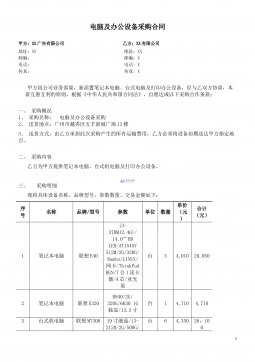
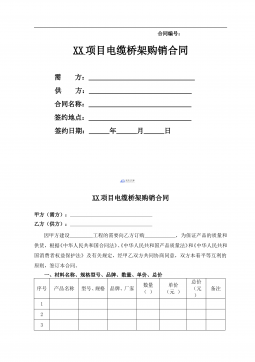
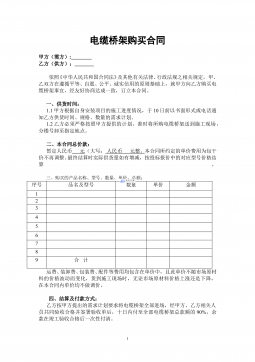
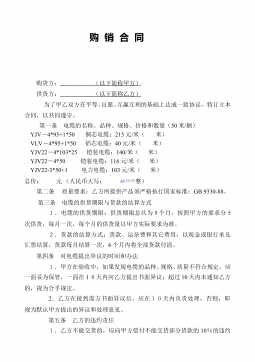
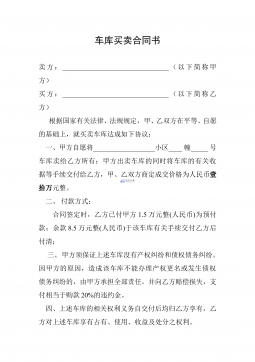
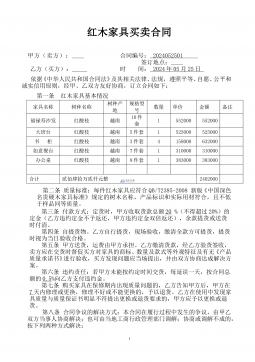
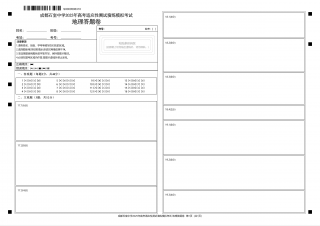
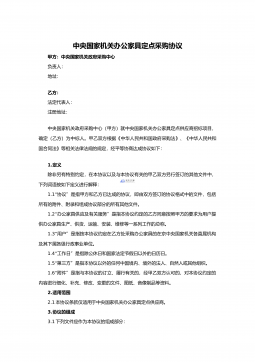
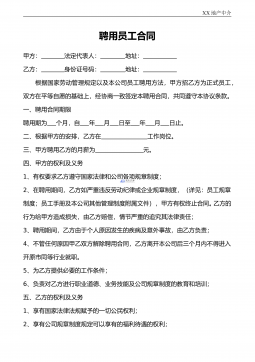
 渝公网安备50010702506394
渝公网安备50010702506394
